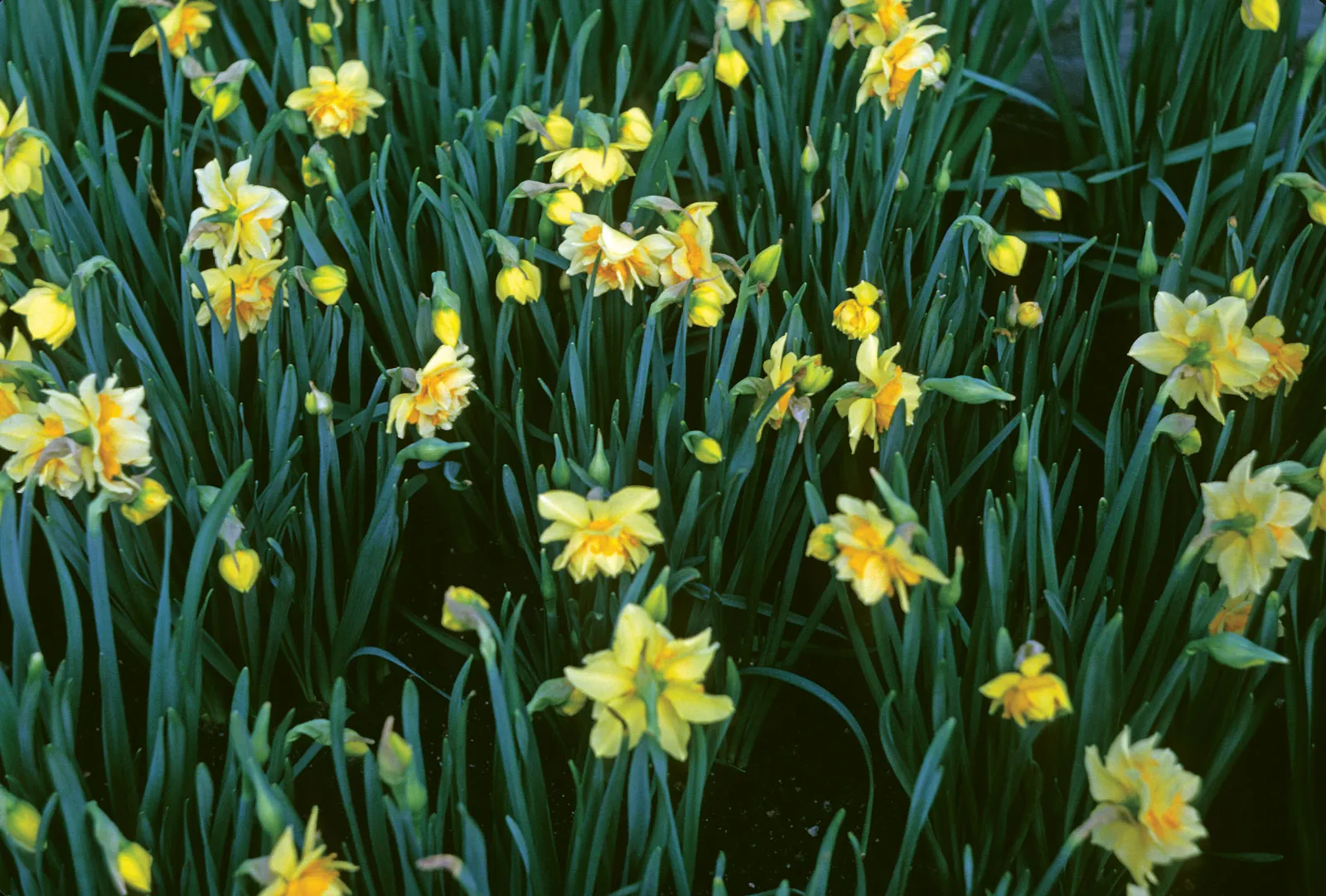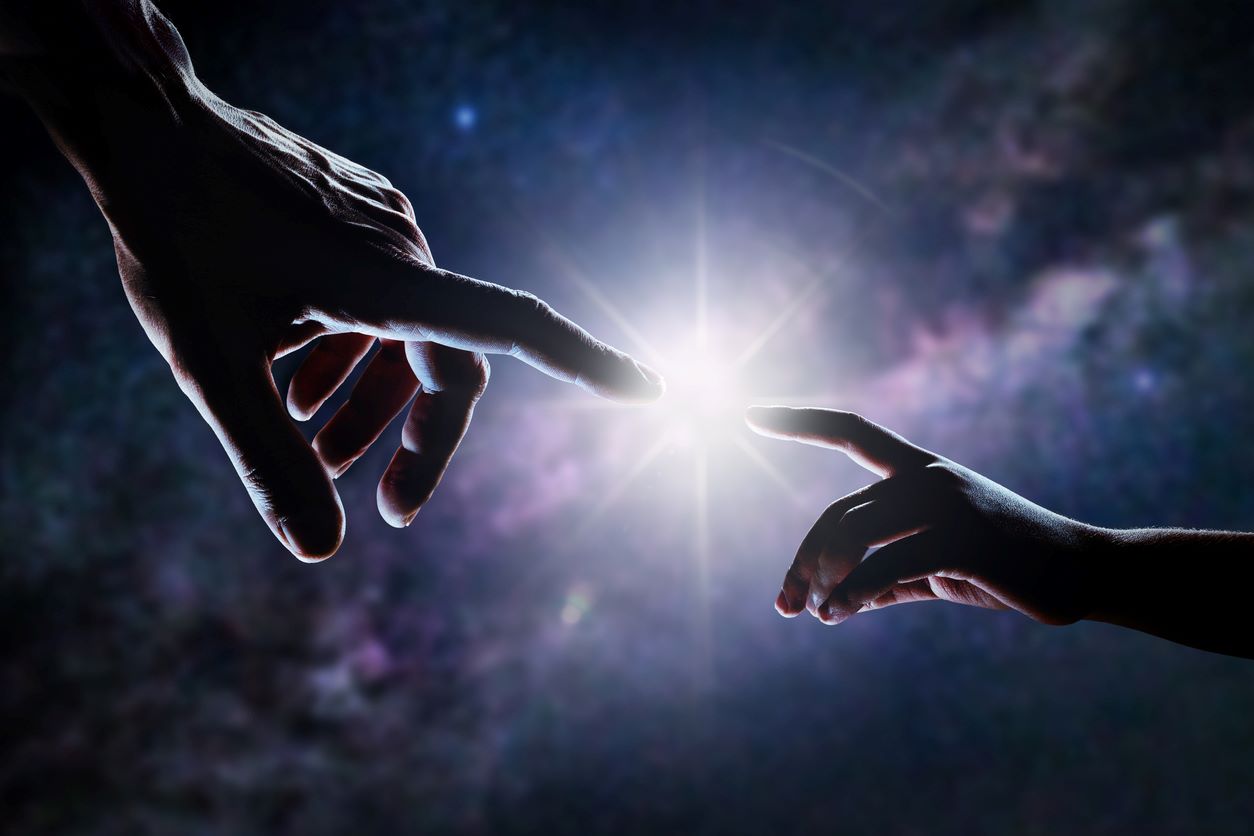
Daffodils, with their vibrant yellow blossoms and enchanting fragrance, are a beloved symbol of the arrival of spring. These cheerful flowers, also known as narcissus or jonquils, have captivated gardeners and flower enthusiasts for centuries. But did you know that there’s more to daffodils than meets the eye?
In this article, we will uncover 12 astounding facts about daffodils that will leave you amazed. From their fascinating history to their medicinal uses, these facts will give you a deeper appreciation for these stunning flowers. So, get ready to delve into the world of daffodils, and prepare to be dazzled by the wonders that lie beneath their petals.
Key Takeaways:
- Daffodils symbolize new beginnings and can naturalize on their own, making them a hardy and long-lived flower that attracts pollinators and brightens up any space as a cut flower.
- With over 25,000 varieties, daffodils are native to Europe and North Africa, associated with Easter, and should be kept away from pets due to their toxic alkaloids.
Symbol of Rebirth and New Beginnings
The daffodil is often seen as a symbol of rebirth and new beginnings due to its ability to bloom early in the spring, signifying the end of winter.
Native to Western Europe and North Africa
Daffodils are native to Western Europe and North Africa, but they are now cultivated and enjoyed all over the world.
Over 25,000 Varieties of Daffodils
There are more than 25,000 registered varieties of daffodils, ranging in color from yellow and white to pink and orange.
Narcissus is the Botanical Name
The daffodil belongs to the genus Narcissus and is a member of the Amaryllidaceae family.
Daffodils and Narcissus are Interc h angeable
The terms “daffodil” and “narcissus” are often used interchangeably, with “daffodil” being the common name for all narcissus flowers.
Daffodils are Toxic to Animals
Daffodils contain toxic alkaloids that can be harmful to animals if ingested, so it’s important to keep them away from pets and livestock.
Daffodils are Long-Lived Perennials
Daffodils are long-lived perennials that can bloom for several years in the same location if properly cared for.
Daffodils are Associated with Easter
Daffodils are often associated with Easter due to their springtime blooming and symbolization of new beginnings.
Daffodils Can Naturalize
Daffodils have the ability to naturalize, meaning they can spread and multiply on their own without human intervention.
Daffodils are Hardy Flowers
Daffodils are known for their hardiness and can withstand cold temperatures, making them a popular choice for gardeners in cooler climates.
Daffodils Attract Pollinators
The vibrant colors and sweet fragrance of daffodils attract pollinators, such as bees and butterflies, to aid in their reproduction.
Daffodils Are a Favorite Cut Flower
Daffodils make excellent cut flowers and can brighten up any space with their cheerful blooms and long vase life.
Conclusion
In conclusion, daffodils are truly fascinating and awe-inspiring flowers. With their vibrant colors, unique adaptability, and rich symbolism, they have captivated the hearts and minds of people around the world. Whether you appreciate them for their beauty, use them in gardening, or admire their symbolism, there is no denying the enduring popularity and charm of daffodils. So, the next time you come across a field of these sunny blooms or spot them in a garden, take a moment to appreciate their remarkable qualities and the amazing facts that make daffodils truly astounding.
FAQs
Q: What is the meaning of daffodils?
A: Daffodils symbolize new beginnings, rebirth, and rejuvenation. They are often associated with the arrival of spring and represent hope and positivity.
Q: Can I grow daffodils indoors?
A: Yes, you can grow daffodils indoors. Plant the bulbs in containers with well-draining soil, provide them with adequate sunlight, water them regularly, and enjoy the beautiful blooms indoors.
Q: How long do daffodils bloom?
A: Daffodils typically bloom for about two to three weeks, depending on the variety and weather conditions. However, the foliage may remain green for several weeks after the flowers fade.
Q: Are daffodils toxic to pets?
A: Yes, daffodils contain toxic alkaloids that can be harmful to pets if ingested. It is important to keep them out of reach of cats, dogs, and other animals, and seek immediate veterinary attention if accidental ingestion occurs.
Q: How do I care for daffodil bulbs after they bloom?
A: After daffodils bloom, allow the foliage to wither and turn brown naturally. Avoid cutting it back or tying it up. This helps the bulb to store energy for the next year’s growth. You can remove the foliage once it has completely withered.
Daffodils captivate with their vibrant beauty and rich history, but there's even more to explore about these enchanting flowers. Delve into the significance of Daffodil Day and uncover the heartwarming traditions surrounding this special occasion. For those seeking additional mind-blowing facts about daffodils, prepare to be amazed by the lesser-known aspects of these beloved blooms. And if you're curious about the mythological origins of narcissus, get ready to embark on a fascinating journey through ancient legends and botanical wonders.
Was this page helpful?
Our commitment to delivering trustworthy and engaging content is at the heart of what we do. Each fact on our site is contributed by real users like you, bringing a wealth of diverse insights and information. To ensure the highest standards of accuracy and reliability, our dedicated editors meticulously review each submission. This process guarantees that the facts we share are not only fascinating but also credible. Trust in our commitment to quality and authenticity as you explore and learn with us.


